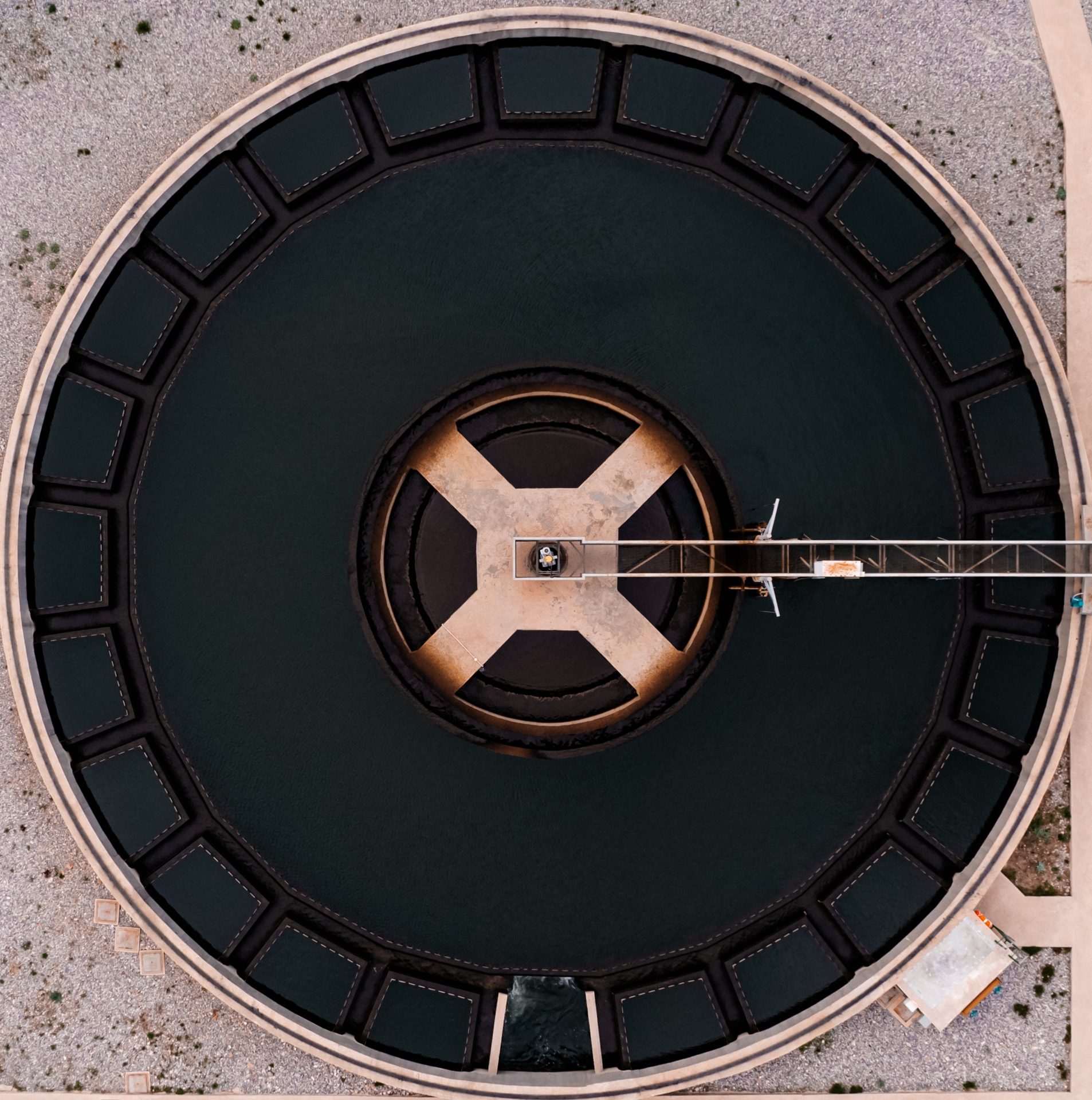BLOG | Bluephage
Case study: Implementation of a safe drinking water supply plan

Bluephage was awarded the Innowise Infrastructure at Scale Competition prize by the European Institute of Innovation and Technology, EIT, on 30 September 2021. As a result, Bluephage received a special prize of 30,000 euros to collaborate with the Italian company CIIP and test proposals that utilize Bluephage’s capabilities to address the issue of water scarcity.
The competition’s aim was to connect companies facing water scarcity issues with solution providers that can offer practical solutions for water management problems. CIIP, an Italian water cycle company responsible for managing water and wastewater services for 59 municipalities in Italy, was the problem holder.
CIIP’s challenge was to find a solution to the water supply problem in the Apennine region, where water is becoming increasingly scarce. The situation is further exacerbated by the consequences of the earthquake occurred in 2016 and by a sequence of years with reduced rainfall. Consequently, during the summer, when the largest tourist population in the region arrives, the company has to rely on wells to be able to guarantee the increased water demand.
THE CHALLENGES:
- The first challenge presented by CIIP is the need to ensure access to safe drinking water during times of crisis, such as in the summer or during earthquakes when there may be a shortage of water. In such instances, emergency wells may need to be utilized, but these may have microbiological issues that must be addressed.
- The second challenge is to develop a tertiary treatment process in wastewater treatment plants that can produce reclaimed water suitable for use in the ecosystem and for irrigation in agricultural fields.
The main objective of this project was to implement a safe water supply plan for the population of the Apennine territory. Bluephage has developed an advisory program to implement water safety and sanitary safety plans. It is, therefore, a partnership to offer advice and supply products through Bluephage’s distributor in Italy (Analytical Control De Mori).
STARTING POINT:
Bluephage’s primary goal was to identify critical points of study by detecting the presence of faecal contamination in the area using somatic coliphages as indicators of faecal and viral contamination. This is done to enhance water quality management, ensure water supply to the territory, and promote a cyclical economy of water resources.
1. Capodacqua (Drinking water)
The system acquires water from various streams. However, during droughts, and summer months when tourism increases, and in the event of earthquakes, the system poses challenges. During these times, emergency wells, that are not regularly used, are activated and is strategic for the company the availability of a fast method to assay the microorganisms content. After analyzing the system, all water inlets have been identified as critical points. To ensure that the water is safe and free from contamination, each water inlet to the pump system or general reservoir must undergo testing. In light of this, Bluephage recommends additional testing points, which are indicated by purple boxes with a tick inside.
By following Bluephage’s recommended critical point analyses, we can guarantee that all water inlets are free of contaminants. This ensures that both the water reservoir and the final stream supplied to the population are safe for consumption and use. CIIP ultimately agreed to conduct these analyses at the specific points.
2. Brodolini (Wastewater)
Brodolini presently operates a wastewater treatment facility comprising primary and secondary treatment processes. To enhance the water’s circular economy, the company intends to introduce a third treatment process to purify the water for reuse in the treatment plant’s surroundings and for irrigating the fields.
To comply with the reclaimed water directive, the E.coli concentration needs to be reduced by 6 logarithms from the water that enters the plant. Bluephage suggests analyzing the effluent from the current secondary treatment, chlorination, to determine the best form of tertiary treatment to achieve the required reduction based on the obtained data.
METHODOLOGY
1. Capodacqua (Drinking water)
To analyze drinking water, the Bluephage Rapid Kit is recommended as a quick and reliable method. This kit allows for the analysis of 100 mL of water and can detect the presence or absence of coliphages in just 6.5 hours, without requiring any prior preparation of materials. The kit comes fully equipped and ready for immediate use, providing same-day results to facilitate the detection of coliphages.
2. Brodolini (Wastewater)
To measure the number of somatic coliphages in raw water and secondary treatment effluent at the wastewater treatment plant, we suggest using the Easy Kit BP-1601. This is an all-in-one kit and comes with calibrated biological material, powdered culture media, and other necessary reagents for coliphage enumeration according to ISO 10705-2 – Double Agar Layer (DAL) method. Once tertiary treatment is applied, the BP-1604 kit can quantify somatic coliphage concentration. If quantification is not needed, the Rapid Kit can be used instead, utilizing the absence/presence method to detect coliphages in 100 ml of sample.

